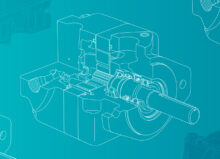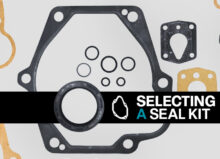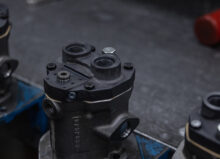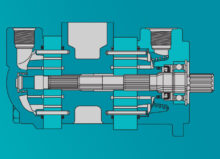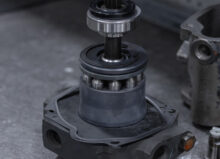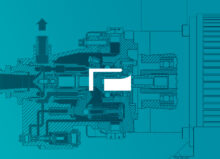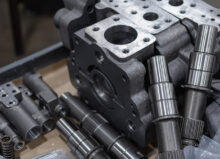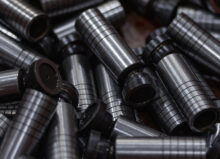How to Identify Your Piston Pump Model

Understanding the model of your piston pump is essential when seeking replacements or replacing specific pump components, especially if your pump has been discontinued or is considered obsolete. The model number acts as a unique fingerprint, providing vital information about the pump’s specifications and capabilities.
In this article, we’ll discuss how to identify your pump model and what to do if the model number is unreadable or no longer on the pump.
Where Is the Pump Model Number Located?
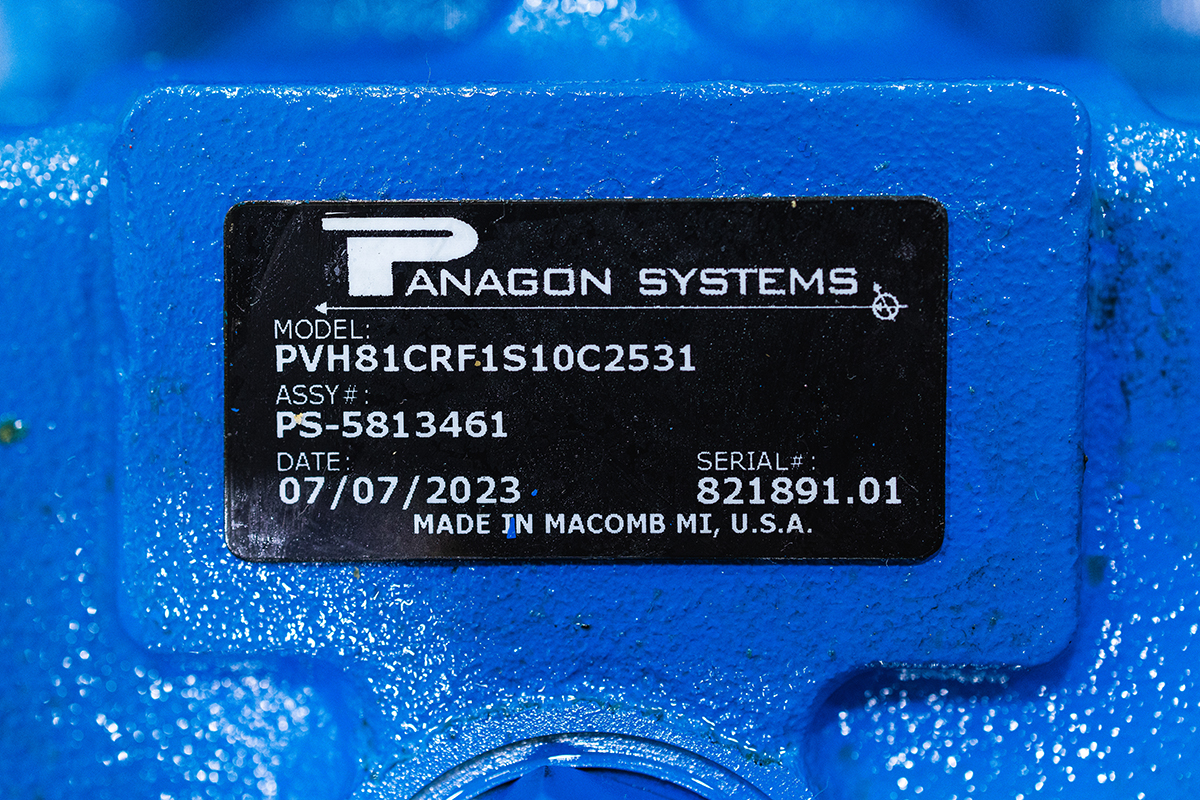
When identifying your piston pump model, the first step is to locate the pump’s nameplate, which is typically affixed to the main body of the pump. The nameplate features a tag, often a distinct metal plate, sometimes a sticker, that contains crucial data about the pump, including the serial number, the manufacturer’s name, the pump’s production date, and technical specifications for pressure ratings, flow capacities, and power requirements. This data is vital for accurate identification, maintenance planning, and seeking replacement parts.
What If There Is No Tag or It’s Hard to Read?

This is an example of a faded/aged tag on a baseplate
If your piston pump has been extensively used or aged, the text on the nameplate’s tag might be faded, illegible, or missing altogether. In this situation, the only way to find the model or assembly number is to contact an experienced hydraulic pump technician or sales representative with experience identifying pumps. Be sure to send photos of your pump when you contact a professional.
How to Read the Number

In this example, note that a P or an M before the VB indicates whether it’s a pump (P) or Motor (M) and the number immediately following the first three letters indicates its flow rate in GPM.
It’s important to understand that tags contain two numbers: the model and serial numbers. The model number is the number that you want. The serial number identifies the unique pump—there is only one serial number per pump. Most of the pumps within a specific series will share similar model numbers. The model number helps to identify which series the pump is from and its specifications.
Many model numbers start with 2-3 letters and then feature a series of numbers representing their specifications. The numbers will vary based on the model.
For example, Vickers/Eaton’s model numbers contain 3 letters. The first letter indicates what type of a component it is. If it’s a pump, the model number will start with a ‘P.’ The following letter will indicate its displacement type. If the model number contains a V, the pump has variable displacement. If it’s an F, the pump has a fixed displacement. The last number indicates which series it is in, so if your model number starts with PVQ, that means your pump is a piston pump with variable displacement and part of Vickers/Eaton’s “Q” or “Quiet Series.”
The numbers after these letters represent various specifications. In Vickers/Eaton models, the first 2-3 numbers typically represent the pump’s displacement per revolution in cubic centimeters. So, the model number PVH057 suggests a displacement of approximately 57 cubic centimeters per revolution. However, this interpretation can vary depending on the series. In some cases, like with a PFB5, or the example shown in the photo, the number after the third letter will not accurately reflect the displacement per revolution.
It’s important to recognize that these nuances may require professional expertise for accurate interpretation, as the full model number can contain additional, series-specific details. When seeking a replacement pump or components for the pump, be sure to send photos of the tag with the complete model number on it.
Ordering Replacement Components
When ordering replacement components, such as O-rings, for your replacement pumps, you must have either a) the full model number or b) the manufacturer’s manual. As we mentioned earlier, each segment of the model number, beyond the initial series identification, can denote different specifications, such as drain port size, mounting flange details, and control type. These specifications can vary significantly across different pump models.
To accurately decipher this information, it is recommended that you first locate the model number and then consult the series manual for more insights.
If you don’t have access to the series manual, ensure that you provide the complete model number when contacting an aftermarket parts manufacturer. In extreme cases, where you can’t find the nameplate tag or a stamped number, you can send the entire pump to an aftermarket parts manufacturer, and one of their experts can determine which replacement components are the most optimal for your pump.
Get Help From Panagon Systems
Panagon Systems is the largest aftermarket pump and parts manufacturer in the United States. For over 25 years, we’ve specialized in building aftermarket piston pumps from trusted brands like Vickers/Eaton and Rexroth. Whether you need a new pump or replacement components, we’re here to help. We can even customize new pumps to meet your specific application requirements. All replacement pumps and components are backed by an 18-month warranty.
Contact us today to learn more about our manufacturing capabilities or to order your replacement.






